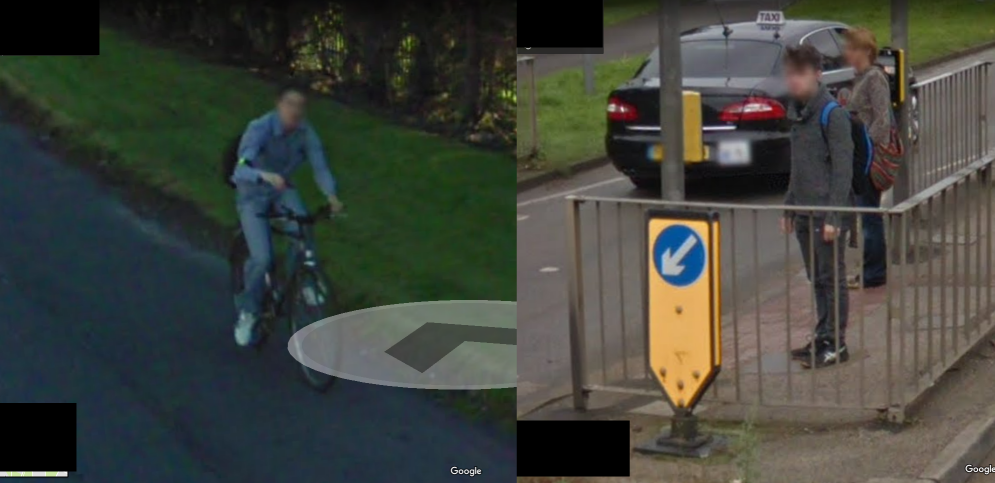About me

Biographical information
Eamonn Bell is Assistant Professor in the Department of Computer Science at Durham University. His research interests fall under the broad umbrella of the digital humanities, and include:
- the application of mathematical and contemporary computational techniques to solve problems in musicology, music theory, and the humanities;
- the history of the computational sciences and digital technology, particularly as it relates to musical production and consumption in the twentieth century;
- identifying and lowering barriers to acccesing digital research infrastructure (DRI) supporting computationally intensive research by non-specialists (particularly in the humanities).
Since 2019, his research has been funded by UK Research and Innovation (UKRI), the Irish Research Council, and a number of smaller institutional grants. He is most recently involved in the design and delivery of several DRI projects serving UK-based arts, humanities, and culture researchers. These initatives include Toward a Collaborative Computational Project (CCP) for Arts, Humanities, and Culture Researchers (CCP-AHC) (as Project Lead), Accelerating Digital Skills for Music Researchers (as Project Lead, funded initially as Accelerating embedded computational analysis of Web data about music in UK universities), and Digital Skills in Arts and Humanities (DISKAH): Transforming Access to Digital Infrastructure and Skills (as Project co-Lead).
He teaches across the CS curriculum at Durham. He has lectured on introductory algorithms and data structures, instructed software engineering group projects, and co-designed and now co-teaches a new elective module on music processing. He has also been involved in the supervision of final-year projects, taught master’s theses in business analytics, and doctoral research on a variety of topics.
Before coming to Durham, he was a postdoctoral Research Fellow at the Department of Music, Trinity College Dublin. There, he examined how the once-ubiquitous Compact Disc (CD) audio format was designed, subverted, reproduced and domesticated for musical ends. This project was supported by the Irish Research Council under the Government of Ireland Postdoctoral Fellowship programme for the period 2019–2021 and continues at Durham. A short audio production marking the 40-year history of the audio CD was prepared (with Rachel Smith), drawing on original interviews with people involved in the production of optical media within and beyond the UK.
He holds a PhD in Music Theory from Columbia University (2019), where he wrote a dissertation on the early use of digital computers in the analysis of musical scores under the supervision of Joseph Dubiel. At Columbia, he taught primarily in music and digital humanities. He designed and taught a course on the critique of “digital music” (2018), and was instructor of record for undergraduate sections in the core curriculum course on history of Western music for non-musicians (2018) and the fundamentals of music theory (2017). Shortly before he began graduate studies in music at Columbia, he graduated from TCD with a joint honours degree (a “two-subject moderatorship”) in Music and Mathematics (2013).1
Many years ago I came across this quote and it still more or less sums up why I’m interested in what I’m interested in, though since then I have read a lot more in media and communication studies as well as in the history of computing that complicates the story told here:
For many, the computer is an appliance sitting on desks. But computers actually have much wider reach, and researchers are feverishly working to extend their application into every corner of life. Invisible computers lurk everywhere—in the toaster, the toy, the automobile, the television, the stove. Computers underlie many systems that people rely on—telephones, manufacturing, transportation, health care, finance, and government. Even more profoundly, digital information systems have changed cultural patterns, for example, in the ways people are abstracted and represented, the ways social decisions are made, the ways we attribute value to information, and the ways that images are used to shape meaning.
(Stephen Wilson, Information Arts: Intersections of Art, Science, and Technology. Leonardo. Cambridge, Mass: MIT Press, 2002, p. 605.)
-
For arcane reasons relating to how staff are involved in the governance of universities in the UK and Ireland, this degree is styled M.A. (Dubl.) as of 2020 ↩︎